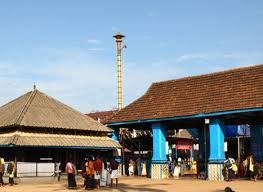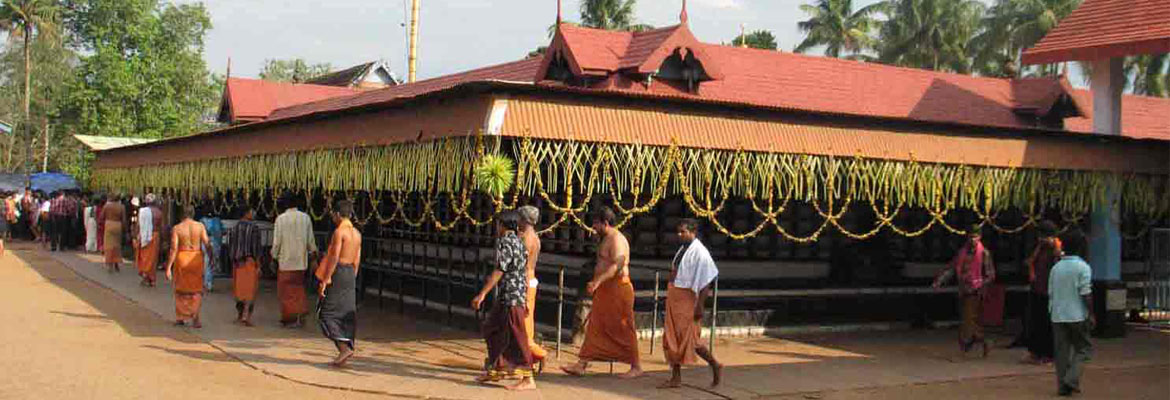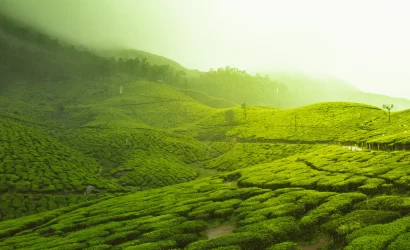History
ChatGPT said:
Chottanikkara Bhagavathi Temple is one of the most revered Hindu temples in Kerala, located near Kochi in the Ernakulam district. Dedicated to Goddess Bhagavathi, who is worshipped here in her three forms—Saraswati in the morning, Lakshmi at noon, and Durga in the evening—the temple holds deep spiritual and cultural significance. The presiding deity is believed to possess immense healing powers, especially in curing mental illnesses and spiritual afflictions, drawing thousands of devotees seeking relief and blessings.
The temple's architecture reflects traditional Kerala style, with sloping tiled roofs, intricate wooden carvings, and a peaceful temple pond nearby that adds to its tranquil atmosphere. The main idol of the goddess is made of laterite and covered in a golden kavacham (covering), and devotees often chant mantras and offer prayers with deep devotion. A key ritual associated with the temple is the "Guruthi Pooja," performed in the evenings, which is considered powerful for spiritual cleansing. The temple is especially crowded during the annual Makam Thozhal festival, a grand occasion marked by vibrant rituals and celebrations. Chottanikkara Bhagavathi Temple stands as a symbol of divine feminine power and faith, and is an essential part of Kerala’s religious landscape.
Greatness:
The Chottanikkara Bhagavathi Temple, located near Kochi in Kerala, is one of the most powerful and renowned temples dedicated to the Divine Mother, worshipped here as Bhagavathi—an embodiment of Durga, Lakshmi, and Saraswati. The temple is famed for its unique rituals and its reputation as a healing center, especially for those believed to be afflicted by mental or spiritual disturbances. The goddess is worshipped in different forms throughout the day—as Saraswati in the morning, Lakshmi at noon, and Durga in the evening—symbolizing her all-encompassing divine presence. The temple’s vibrant atmosphere, especially during the Makam Thozhal festival, draws thousands of devotees who come seeking blessings, strength, and inner peace. With its deep-rooted spiritual energy, timeless traditions, and serene setting, the Chottanikkara Temple stands as a beacon of divine grace and maternal protection in Kerala’s religious landscape.

Specialities:
The Chottanikkara Bhagavathi Temple, located near Kochi in Kerala, is one of the most revered and powerful temples dedicated to Goddess Bhagavathi, worshipped here in three forms—Saraswati in the morning, Lakshmi at noon, and Durga in the evening. The temple is famed for its spiritual energy, healing power, and its association with mental and physical well-being
Devotees believe that the goddess has the divine power to cure psychological and spiritual ailments, and many come here seeking relief from afflictions and negative energies.The temple’s main deity is enshrined in a golden-hued idol and is always accompanied by Lord Vishnu, symbolizing the divine union of Shakti and Vishnu. The rituals here are unique and deeply rooted in Kerala’s temple traditions, with the daily worship rhythmically shifting the goddess’s form and mood. The Makam Thozhal festival, one of the temple’s most important events, attracts thousands of devotees who gather to witness the divine sight of the goddess in full splendor. Set amid lush greenery and a peaceful atmosphere, the Chottanikkara Temple stands as a powerful spiritual haven, revered for its divine grace and miraculous legends.
Festivals:
- Makom Thozhal (Chottanikkara Pooram)
- Navaratri / Durga Puja
- Vrishchika Mandala Mahotsavam
- Onam
- Ramayana Masam (Karkidakam)
Timings:
- Morning: 4:00 AM – 12:00 PM
- Evening: 4:00 PM – 8:45 PM
FAQs
The main deity is Goddess Bhagavathi, worshipped as Mahakali, Mahalakshmi, and Mahasaraswati—representing three divine forms in one. She is revered as a powerful mother goddess capable of healing and protection.
The temple is located in Chottanikkara, near Ernakulam (Kochi), in the state of Kerala, India. It’s about 15 km southeast of Ernakulam city.
Photography is strictly prohibited inside the sanctum sanctorum and temple interiors. You may be able to click pictures in the outer premises with permission.
Entry to the temple is free. Charges apply for specific sevas or offerings, which can be booked at the temple counters or trust office.


